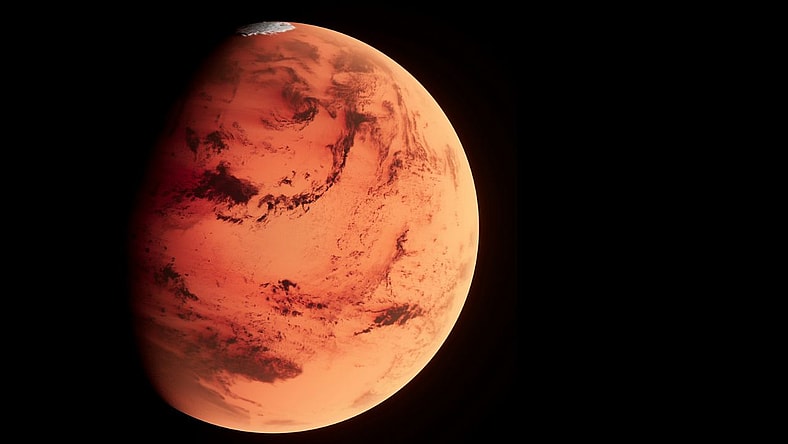
Our solar system is vast and interesting. Out of all the planets in the solar system, one that receives a lot of attention is Mars. That’s because several interesting facts about Mars keep being put out, for instance, the findings of water and potential life. But there are several reasons why Mars is so interesting among the rest of the planets. If you want to dive into why the beautiful Red Planet makes for an interesting conversation, then keep reading.
6. Lack of a Magnetic Field
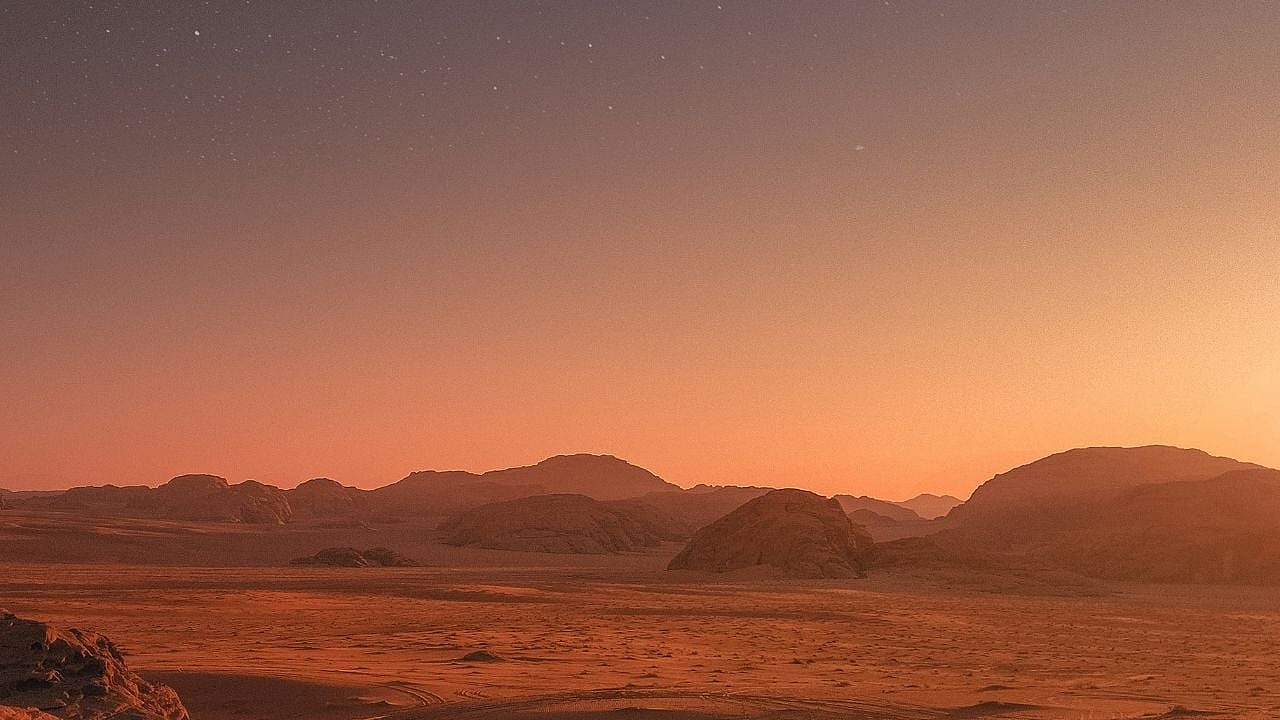
Magnetic fields are an important factor when it comes to a planet. They are essential for protecting us from cosmic radiation and charged particles emitted from the sun. They help provide navigation, like for compasses. They shield the atmosphere from solar wings to make Earth habitable. And interestingly enough, Mars lacks a magnetic field.
But one of the most interesting facts about Mars is that, while Mars doesn’t have one today, Mars did power a strong magnetic field billions of years ago comparable to the Earth’s surface. Mars’ core is smaller and colder than Earth’s so it cannot maintain one, even if it did have one at once.
Related: Weird Facts About Earth You May Not Know
5. Mars’ Moons
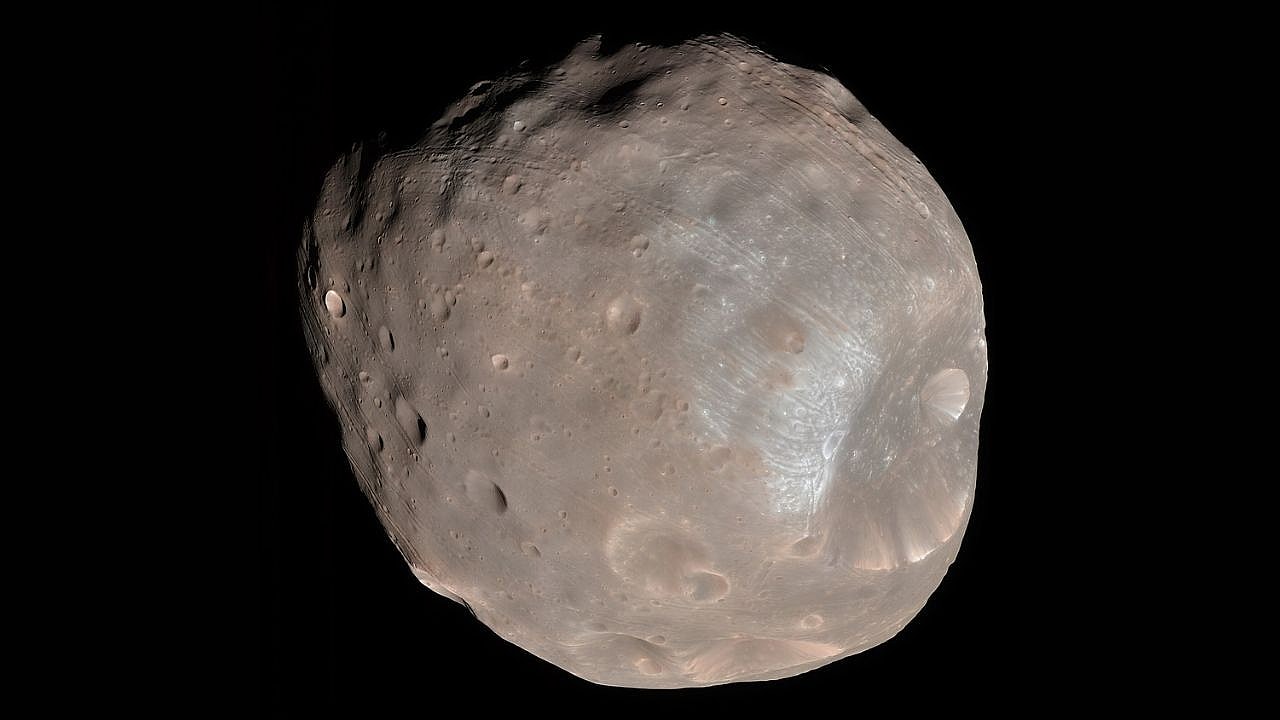
Mars has two moons: Phobos and Deimos. They are irregular in shape and were both discovered by astronomer Asaph Hall in 1877. Compared to our moon, these two moons are quite small. And there are two hypotheses about how they came about, one being that they originated from Mars itself, but broke off from a giant impact, and the other theory is that they are captured asteroids.
But one of the most interesting facts about Mars is that Phobos is expected to either crash into Mars or break up into a small ring around the planet in the next 50 million years or so. This is because images and models indicate that Phobos may be a rubble pile held together by a thin crust that is being slowly torn apart by tidal interactions.
Read Next: Fun Facts About the Universe That Will Blow Your Mind
4. Ice Polar Caps
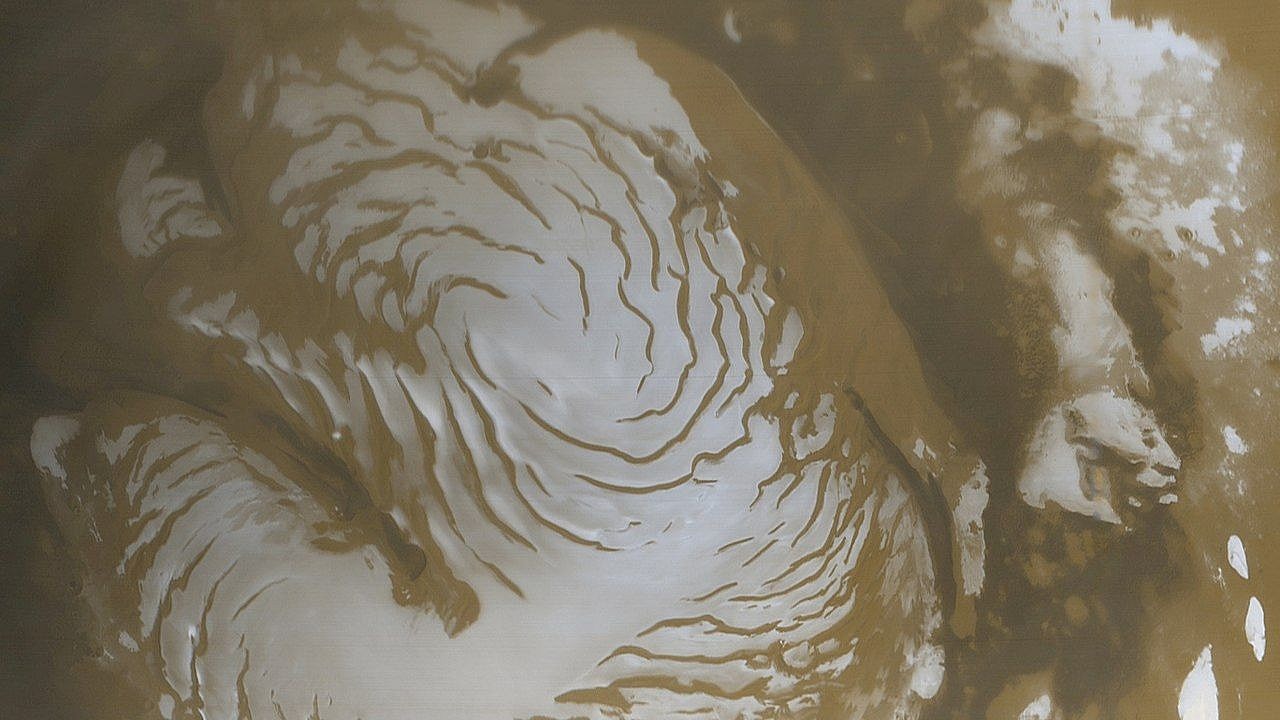
One of the most fascinating facts about Mars is its temperature and poles. While most of Mars ranges in a comfortable 70 degrees Fahrenheit, the equators are not the same.
In fact, during the day the poles are around -195 degrees Fahrenheit. These temperatures are due to Mars’ thin atmosphere, which is unable to retain heat. Because of that, Mars has two permanent polar ice caps water ice and dry ice. These ice caps cover the plant’s entire surface to a depth of 36 feet.
Check Out: Weird Facts About Jupiter
3. The Largest Dust Storms
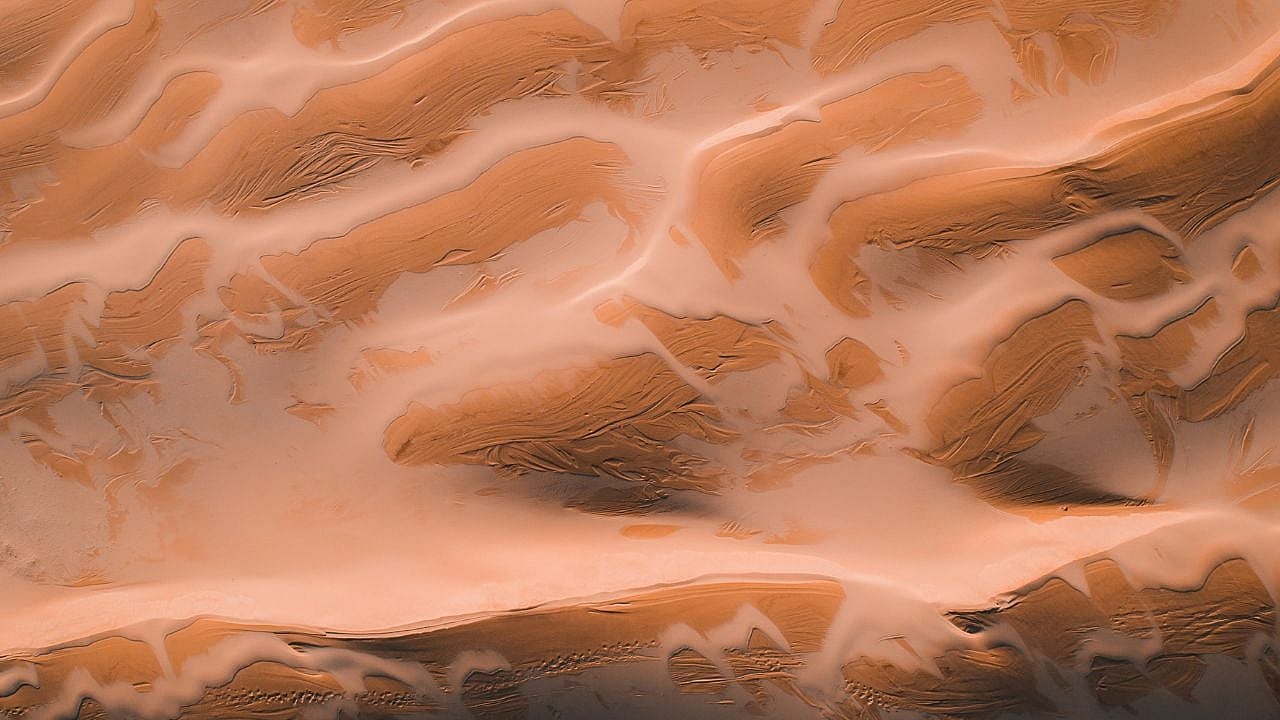
The Red Planet is known for a lot of things, like its crazy dust storms. The Curiosity rover often picks up incredibly massive dust storms that cover continent-sized areas and last for weeks. So while Jupiter has its amazing lightning storms that cover a huge section of its gas-like surface, Mars has dust storms.
These storms get so massive that every three years or so on Mars, these storms grow into planet-encircling dust storms called global dust storms. Along with its dust storms, Mars is also home to the largest dust devils in the solar system, as they reach heights of several kilometers. They’re larger and play a huge role in reshaping the landscape, as they leave behind distinctive streaks on the surface.
Also Read: Best Telescopes To See Planets
2. Life on Mars
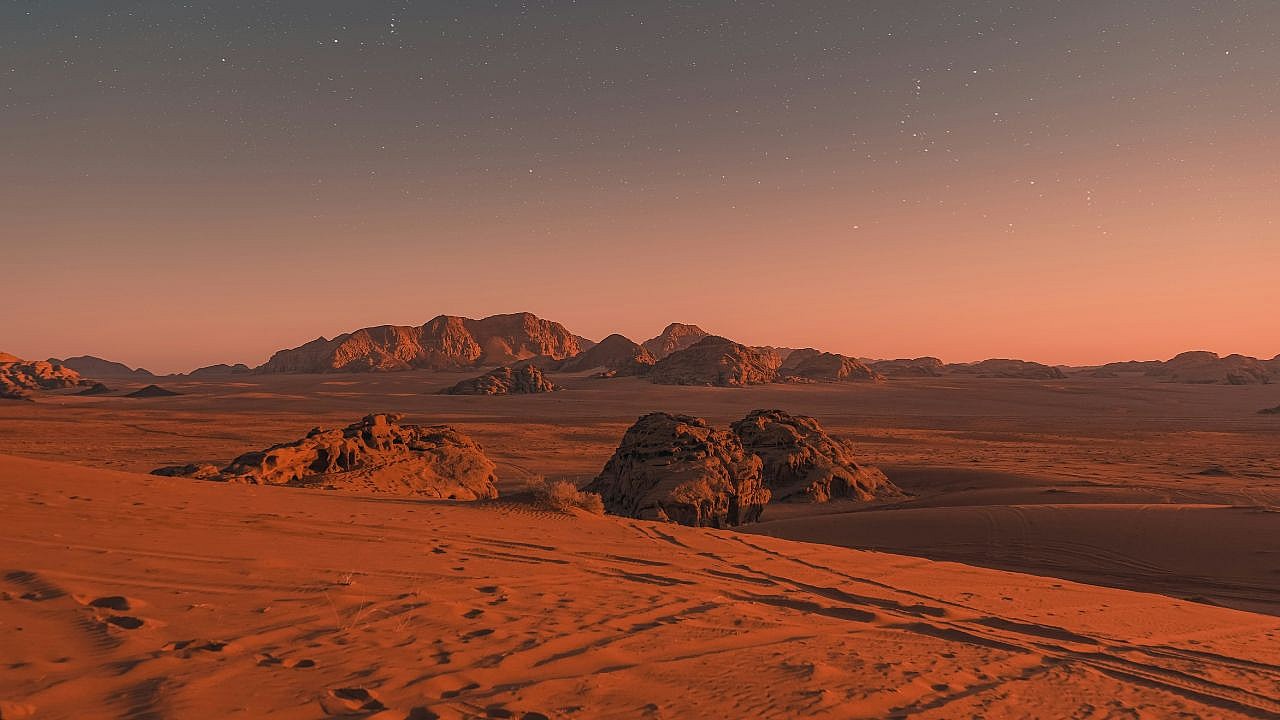
Mars often comes to mind when you think about life outside of Earth. Out of all the planets in our solar system, Mars is often referred to as the best planet to live on. So for number two on the list of fascinating facts about Mars, we’re breaking down the findings of evidence of life on Mars.
One of the reasons is that there is clear evidence for water, organic matter, and chemical reactions that could provide an energy source. NASA’s Curiosity rover has discovered clay minerals, which form in the presence of water, in regions like Gale Crater. While this doesn’t mean we’ll make our way to the planet as a home, it is an interesting find for researchers.
Read More: Rare NASA Collectibles for Fellow Space Nerds
1. The Largest Volcano in the Solar System
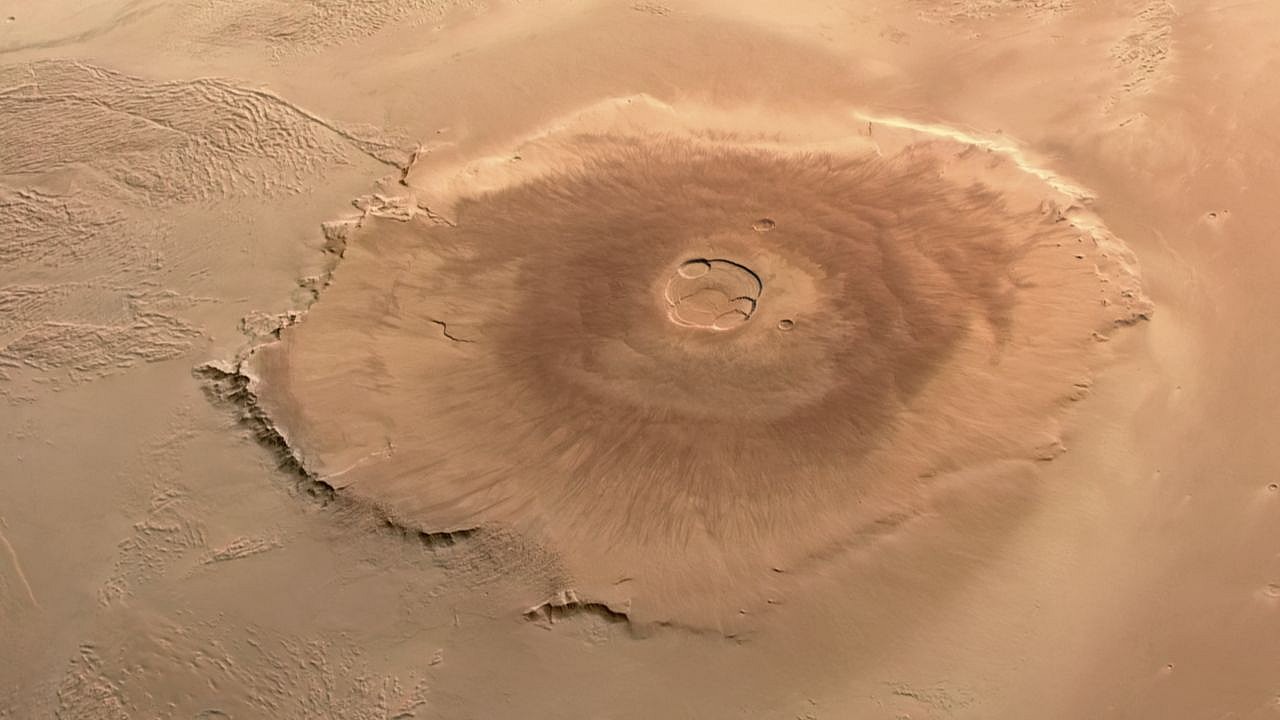
But out of all these facts about Mars, the most interesting is Olympus Mons. This structure is a large shield volcano and is the tallest volcano as well as the tallest planetary mountain. It’s been known to astronomers since the late 19th century and is believed to have been formed during the Martian Hesperian Period. The shape of this volcano is similar to the volcanoes in the Hawaiian Islands.
It stands about 13.6 miles high, which is nearly three times the height of Mount Everest and spans around 370 miles in diameter. The base of the volcano is roughly the size of the state of Arizona. But despite its size, the slopes are incredibly gentle, with an average incline of only 5 degrees.


